Creeping Phlox or Creeping Juniper?
pcgen1
18 years ago
Featured Answer
Comments (6)
creatrix
18 years agorivers1202
18 years agoRelated Professionals
Windham Landscape Architects & Landscape Designers · Sahuarita Landscape Architects & Landscape Designers · Jackson Landscape Contractors · Stoughton Landscape Contractors · Tempe Landscape Contractors · East Haven Landscape Contractors · Huntley Landscape Contractors · Hurricane Landscape Contractors · Middletown Landscape Contractors · Paramount Landscape Contractors · Pine Hills Landscape Contractors · Shirley Landscape Contractors · St. Louis Landscape Contractors · Baltimore Siding & Exteriors · Zion Siding & ExteriorsKathy Bochonko
18 years agopcgen1
18 years agoIna Plassa_travis
18 years ago
Related Stories

GARDENING GUIDESGreat Design Plant: Creeping Juniper Holds Its Ground
Add texture and evergreen interest to a layered garden with this low-maintenance, good-looking ground cover
Full Story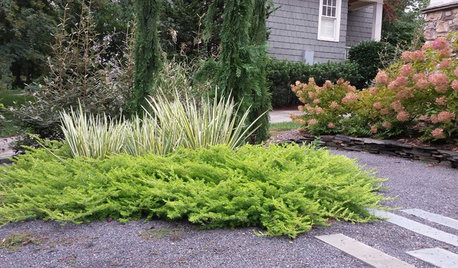
PLANTING IDEASThese Aren’t Your Grandparents’ Junipers
Dislike junipers? Maybe it’s time to discover new varieties and new uses for this garden workhorse
Full Story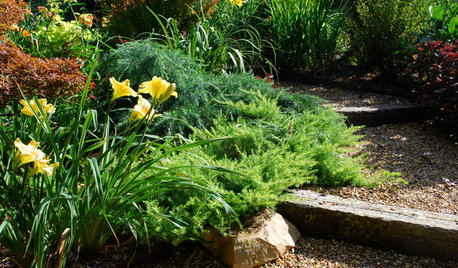
GARDENING GUIDESGreat Design Plant: Juniperus Conferta ‘Golden Pacific’
‘Golden Pacific’ shore juniper shines in sun or partial shade
Full Story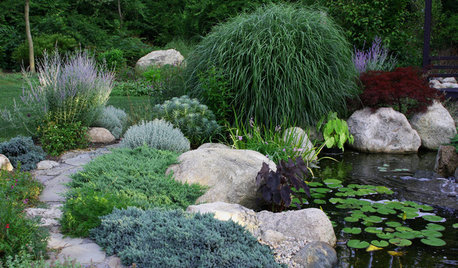
GARDENING GUIDESGreat Design Plant: Juniperus Squamata ‘Blue Star’
Need some blues in your garden? Discover Blue Star juniper
Full Story
SOUTHEAST GARDENINGSoutheast Gardener's April Checklist
Stock up on herbs, keep clippers away from the daffodils and watch for signs of a major impatiens threat
Full Story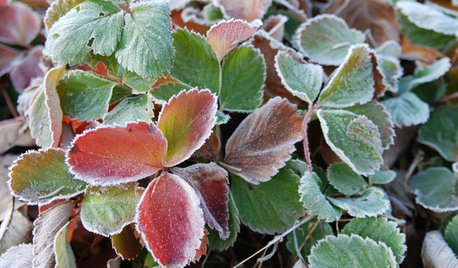
GARDENING GUIDESGreat Design Plant: Strawberries for All Seasons
An edible carpet? It's possible with a mass planting of this tough ground cover
Full Story
GROUND COVERSNative Alternatives to English Ivy, Japanese Pachysandra and Periwinkle
These shade-loving ground covers are good for the environment and say something about where you are
Full Story
PLANTING IDEASStretch the Budget, Seasons and Style: Add Conifers to Your Containers
Small, low-maintenance conifers are a boon for mixed containers — and you can transplant them to your garden when they’ve outgrown the pot
Full Story
GARDENING GUIDES8 Deer-Resistant Elegant Evergreen Shrubs to Plant This Fall
Who knew that such beautiful shrubs could be deer-resistant?
Full Story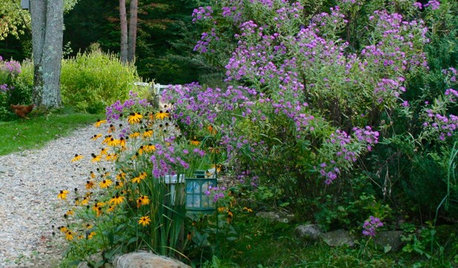
GARDENING GUIDESTop 10 Native Plants for the Northeast
For a low-maintenance, wildlife-friendly landscape, use native plants adapted to the climate and range of soils in the Northeast
Full StoryMore Discussions






4bubbies